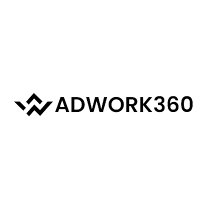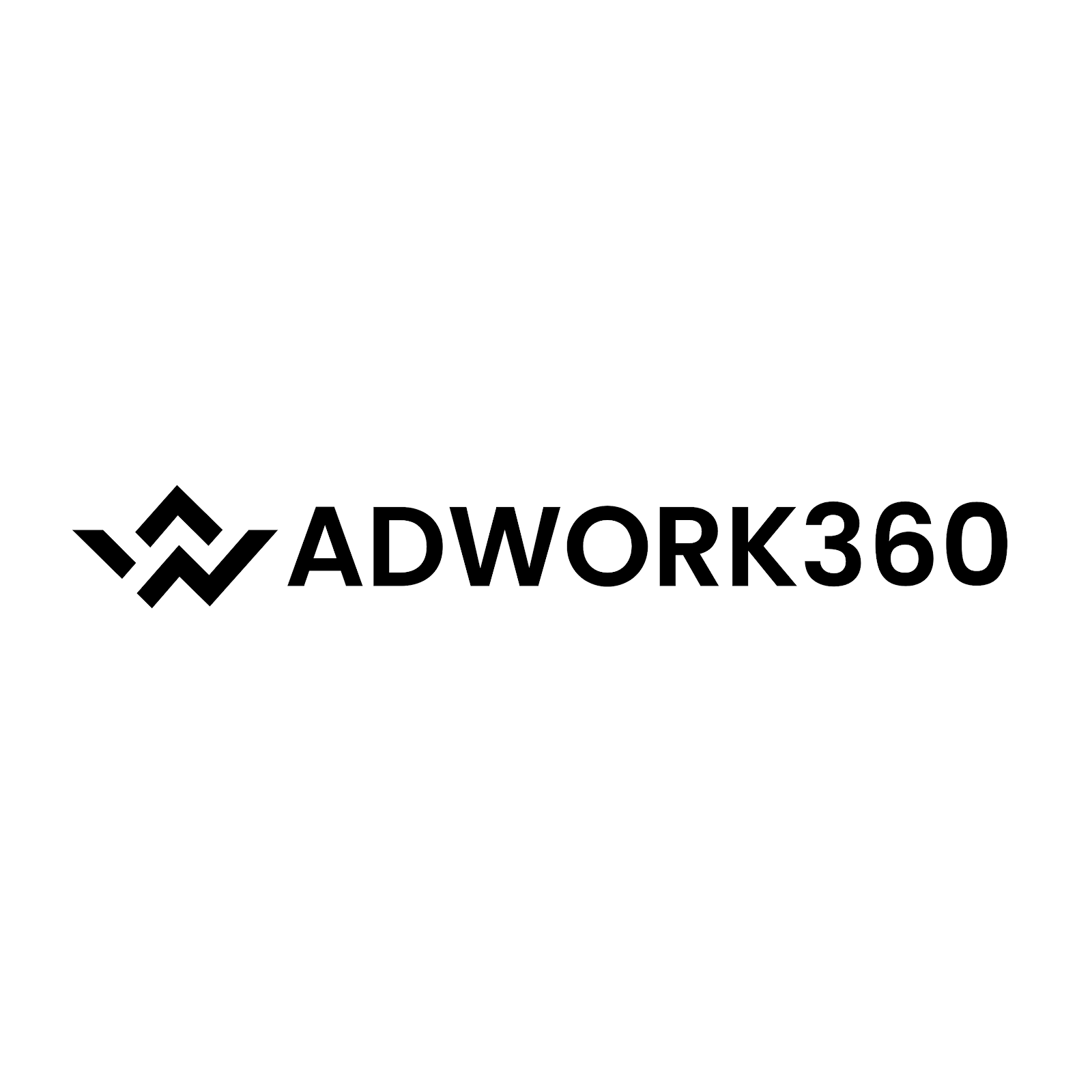Here are some steps you can follow to identify your website client audience for Facebook ads:
Determine your target market: Identify the characteristics of your ideal customer such as age, gender, location, interests, behaviors, and preferences. You can use market research or data from your website analytics to help with this.Install Facebook Pixel: Install the Facebook Pixel on your website to track user behavior and gather data on your website visitors.
Analyze website data: Use Facebook Analytics or Google Analytics to analyze your website data and identify key insights such as demographics, interests, and behaviors of your website visitors.
Create a custom audience: Use the data you have collected to create a custom audience on Facebook. You can create a custom audience based on website visitors, lookalike audiences, or customer email lists.
Set up ad targeting: Use Facebook Ads Manager to create your ad campaign and select the targeting options for your audience. You can target your ads based on demographics, interests, behaviors, and other criteria.
- Test and refine your ads: Test different ad formats, messaging, and visuals to see what resonates with your target audience. Refine your ad targeting based on performance data to improve the effectiveness of your campaigns.
Monitor and optimize your campaigns: Regularly monitor the performance of your campaigns using Facebook Ads Manager. Analyze key metrics such as click-through rates, conversion rates, and cost per acquisition to identify areas for improvement.
A/B testing: Run A/B testing to test different versions of your ads and landing pages to see what performs best.
Use Facebook Audience Insights: Use Facebook Audience Insights to gain further insight into your audience, and adjust your targeting accordingly.
Retarget website visitors: Use retargeting ads to target people who have previously visited your website, but did not convert. This can help to increase conversion rates and drive more sales.
Use Facebook Lookalike Audiences: Use Facebook Lookalike Audiences to find new potential customers who have similar characteristics to your existing customers. This can help you to expand your reach and increase your customer base.
Utilize Facebook Ad placements: Facebook offers a variety of ad placements, such as newsfeed ads, Instagram ads, and audience network ads. Test different placements to see which ones perform best for your audience.
Consider using Facebook Video Ads: Video ads can be a highly engaging way to reach your target audience. Test different video formats and messaging to see what resonates best with your audience.
Use ad copy and creative that resonates with your audience: Use messaging and creative that speaks directly to your target audience's pain points, desires, and motivations. This can help to increase engagement and conversions.
Use retargeting to upsell and cross-sell: Use retargeting ads to target customers who have already made a purchase, but may be interested in related products or services. This can help to increase the lifetime value of your customers.
Age range: Generally, you will want to target individuals who are in their mid-30s and older, as they are more likely to have established themselves as founders or CEOs. However, depending on your industry and product/service offering, you may want to adjust this age range accordingly.
Job title targeting: You can use Facebook Ads Manager to target individuals based on their job title. Consider targeting job titles such as Founder, CEO, Co-founder, President, or Owner, depending on your specific business.
Industry targeting: You can also target individuals based on their industry or company size. Consider targeting individuals who work in industries that are more likely to have founders and CEOs, such as tech, finance, or healthcare.
Interests targeting: You can target individuals based on their interests or behaviors. Consider targeting individuals who have expressed interest in entrepreneurship, startups, or business-related topics.
Location targeting: You may also want to consider targeting individuals in specific locations, such as cities or regions with a high concentration of startups or business activity.
By following these additional tips, you can further optimize your Facebook ad campaigns and increase their effectiveness. Remember to continually monitor and adjust your campaigns based on performance data to ensure that you are reaching your target audience effectively and efficiently.
what should be age target
The age target for your Facebook ad campaigns will depend on your specific business and target audience. However, you can use some general guidelines to help you determine the age range for your target audience.


.png)
.png)
.png)
